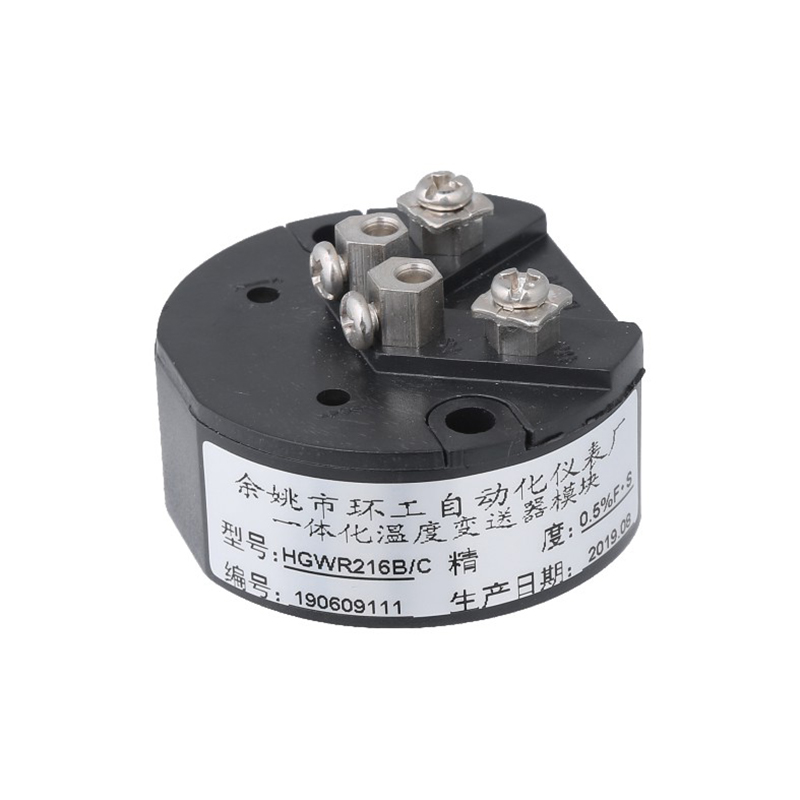Temperature sensors handle rapid temperature changes or thermal shock based on their design and construction materials. Here are some key aspects to consider:
Response Time: Response time is critical in temperature sensing, especially in applications where quick detection of temperature changes is necessary for process control or safety. Thermocouples are favored for their rapid response due to their basic construction using different metals. This design allows them to generate a voltage signal quickly in response to temperature variations, typically within milliseconds. In contrast, RTDs and thermistors, which rely on changes in electrical resistance, generally have slower response times ranging from fractions of a second to several seconds. The response time depends on factors such as the sensor's thermal mass, the material used, and the environment in which it operates.
Mechanical Robustness: The mechanical robustness of temperature sensors determines their ability to withstand physical stress and thermal shock. Thermocouples, with their rugged metal alloy construction, are inherently more durable and less prone to mechanical failure compared to fragile sensors like thin-film RTDs or certain types of thermistors. This durability makes thermocouples suitable for harsh industrial environments where mechanical vibrations, rapid temperature changes, or physical impacts are common.
Thermal Inertia: Thermal inertia refers to a sensor's ability to respond quickly to changes in temperature without being influenced by its own thermal mass. Sensors with lower thermal mass, such as thin-film RTDs or certain types of thermistors, can track rapid temperature fluctuations more accurately because they heat up and cool down quickly. In contrast, RTDs made of bulkier materials or with thicker probe designs may exhibit more thermal lag, affecting their response time and accuracy in dynamic temperature environments.
Material Compatibility: The materials used in temperature sensors significantly impact their resistance to thermal shock. For example, ceramic RTD elements are known for their high resistance to thermal shock compared to fragile thin-film RTD elements. Similarly, the metal alloys used in thermocouples are selected for their ability to withstand temperature extremes and rapid temperature changes without structural degradation. The insulation materials surrounding thermocouple wires also play a crucial role in maintaining sensor integrity and performance under thermal cycling conditions.
Temperature Range: Each type of temperature sensor has a specific operating temperature range within which it can accurately measure temperature. Thermocouples excel in high-temperature applications, often operating reliably up to 2300°C (4172°F), making them suitable for extreme industrial processes like metal smelting or aerospace applications. RTDs and thermistors typically have lower maximum temperature limits but offer higher accuracy and stability in moderate temperature ranges commonly found in HVAC systems, automotive engines, and laboratory equipment.
Installation Considerations: Proper installation practices are essential for maximizing temperature sensor performance and longevity in environments prone to thermal shock. Sensors should be securely mounted to minimize mechanical stress and vibration, which can lead to premature failure. Thermal insulation materials and techniques, such as thermal paste or ceramic insulators, should be used to ensure good thermal contact between the sensor and the measured surface. This minimizes thermal gradients that can affect sensor accuracy during rapid temperature changes.
HGWR216B temperature transmitter


































































 English
English русский
русский














